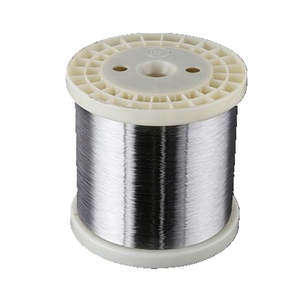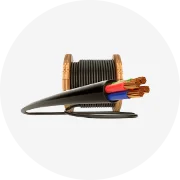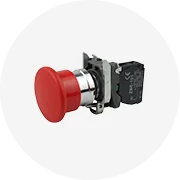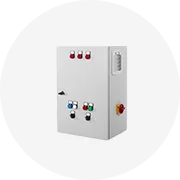Understanding Wire 0.20mm
The wire 0.20mm is an essential component in various industries, known for its thin diameter and versatile applications. This slender wire not only meets the precision requirements but also caters to the needs of various projects, from crafting to engineering. It is a reliable choice for professionals seeking a fine wire that can handle detailed tasks with ease.
Types of Wire 0.20mm
Wire 0.20mm comes in a variety of types, each designed for specific applications and materials. Here are some common variations:
- Copper Wire 0.20mm: Known for its excellent conductivity and malleability, ideal for electrical applications.
- Stainless Steel Wire 0.20mm: Offers great strength and corrosion resistance, making it perfect for outdoor and industrial use.
- Aluminum Wire 0.20mm: Lightweight and highly conductive, great for applications where weight is a constraint.
- Nickel Plated Wire 0.20mm: Provides additional protection against oxidation while retaining excellent conductivity.
Applications of Wire 0.20mm
The flexibility and strength of wire 0.20mm make it suitable for a wide array of applications:
- Electronics: Commonly used in circuits and connections where fine wire is essential.
- Metalworking: Ideal for creating intricate metal designs and intricate welds.
- Jewelry Making: Perfect for crafting delicate chains, hooks, and other accessories.
- Model Building: Used in scale models for authenticity and structural integrity.
Features and Advantages of Wire 0.20mm
When it comes to selecting wire 0.20mm, understanding its features and advantages is crucial:
- High Flexibility: Easily bent and shaped, allowing for creative designs without breaking.
- Durability: Resistant to wear and tear, maintaining performance over time.
- Corrosion Resistance: Especially in stainless steel and nickel plated varieties, ensuring longevity.
- Ease of Use: Lightweight and manageable, suitable for both experienced and novice users.
- Variety of Coatings: Options available for different aesthetics and additional protection.




































































































































































































































































 浙公网安备 33010002000092号
浙公网安备 33010002000092号 浙B2-20120091-4
浙B2-20120091-4